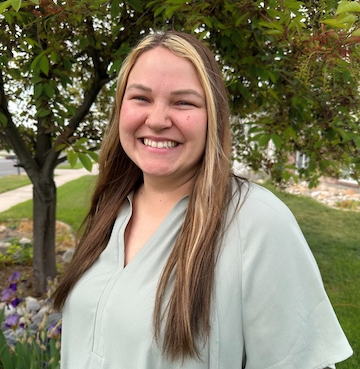Level:
Certificate
Credits required:
12 credits
Cost per credit:
$488
Next start date:
May 6, 2024
About This Program
Utah State University’s online Geographic Information Science (GIS) certificate is designed for graduate students or professionals wanting skills and experience applying industry standard GIS and remote sensing tools to natural resource issues.
Students who complete the program will receive a graduate-level certificate in Geographic Information Science. Their USU transcript will list the courses and grades received to complete the program. The certificate is complementary to a wide variety of graduate programs, and is available as a standalone certificate. However, credits obtained from the certificate may be applied toward a graduate degree.
The First Step is a Conversation. Talk to Leslie.

Leslie Gonzalez
Program Coordinator
435-797-1731
leslie.gonzalez@usu.edu
College: College of Natural Resources
Find Your Fit
Take a few minutes to determine how a USU Online program can help you meet your education and career goals.
Geographic Information Systems Curriculum Preview


